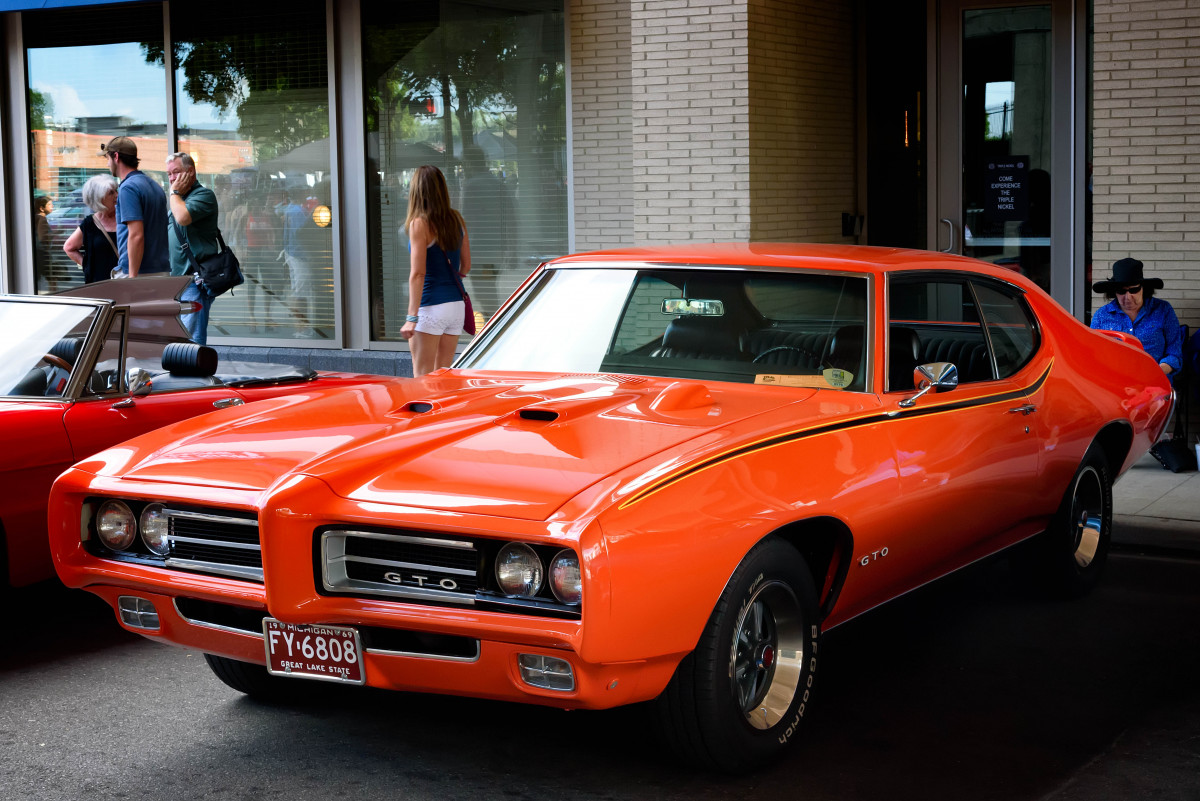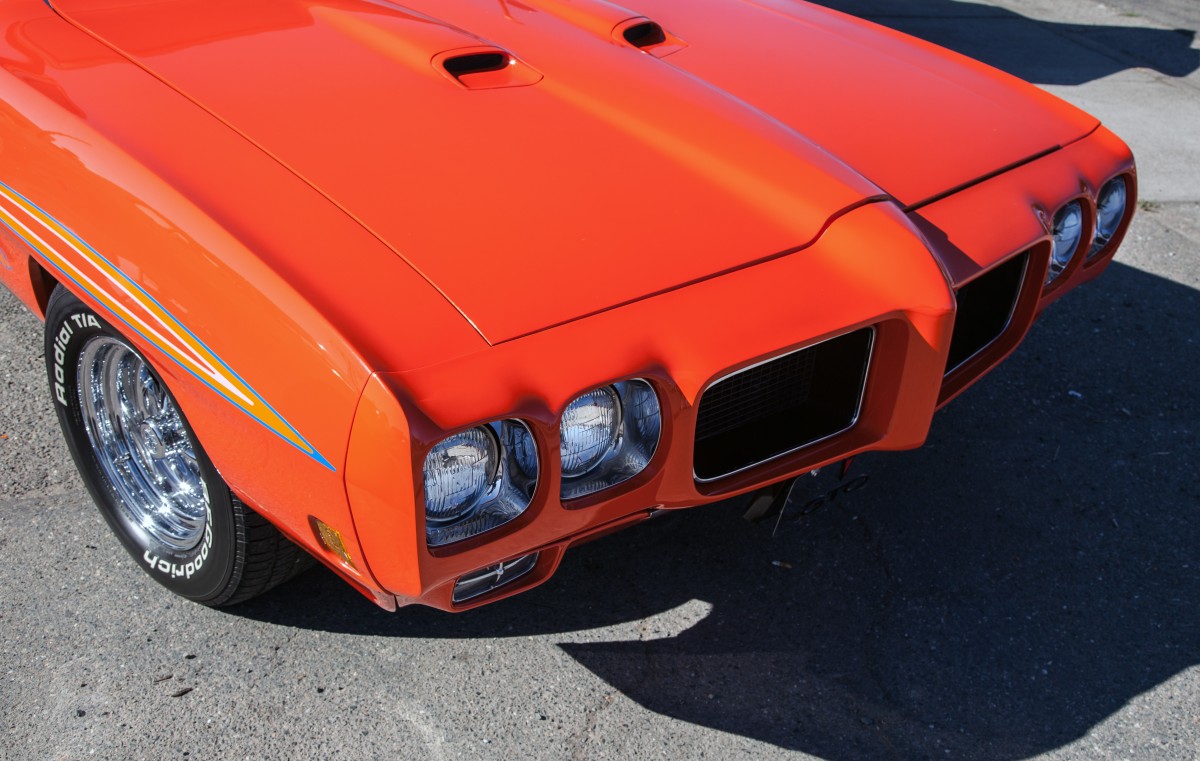The front half-axle (two front and two rear) is the set of elements that form the link between the body of a vehicle and the ground. The front of the car comprises the right front half-axle and the left half-axle. Let’s take a look at the components of a front half-axle.
Front half-axle: its functions
The ground connection is a principal function, which must allow the wheel to adhere and transmit power through a tire surface equivalent to the surface of a hand.
For the suspension and damping, the spring-damper assembly and the suspension wishbones, on the one hand, keep the wheel in contact with the ground and, on the other hand, filter the irregularities of the road for the comfort of the occupants. In this function, do not forget the tire, which also plays an important role in the elasticity of its envelope.
For grip, the essential element is the tire, which consists of the tire and the rim.
Steering
The ball joint and the steering tie-rod make the connection between the steering rack and the pivot.
Transmission
The rotational movement of the drivetrain (gearbox and axle) is transmitted to the wheels by the wheel shaft (or transmission) and the hub.
Braking
The disc, caliper, and pad assembly transforms kinetic energy into heat energy and thus slows or stops the vehicle.
The hub-pivot assembly is the last link that connects all these components. The pivot is a fixed part that grafts the spring-damper assembly, the wishbones (through the suspension ball joints), and the steering ball joint.
The hub is fixed in the pivot by a wheel bearing; it has internal grooves in which the wheel shaft is fixed, allowing its movement in rotation.
Maintenance of the front axle

The most worn parts are the shock absorbers, brake pads, bearings, tires, and ball joints.
Note: the repair of a front half-axle can be the result of a shock. In this case, the symptoms will be irregular wear of the tires, vibrations, and handling defects (rippling, the vehicle pulling to the right or left, etc.).
As the front axle comprises several parts, only the defective parts will be replaced. To do this, the diagnosis is established by measuring the angles of the geometry of the half-trains.
These angles are as follows:
Parallelism: seen from above, it is the angle formed by the wheel’s longitudinal axis and the vehicle’s longitudinal median axis (from – 5° to 5°).
Camber: seen from the front of the vehicle, it is the angle of the axis of inclination of the wheel with the vertical axis (from -3° to + 3°).
Pivot: seen from the front, it is the angle formed by the vertical axis and by the axis passing through the lower and upper fixing ball joints of the suspension wishbones (from 8° to 12°).
Caster: seen from the side of the vehicle, it is the angle formed by the vertical axis and by the axis passing through the lower and upper suspension wishbones (from 3 to 10°).
The analysis of these values measured with a geometry bench with the manufacturer’s values and by comparison between each half-train allows (for a good technician) to determine precisely the part or parts to be replaced.
Cost of maintenance of the front axle
We will only talk here about the bench test, knowing that it will determine the estimate establishing the parts to be replaced and their cost.
For your information, the cost of a complete diagnosis of the geometry angles ranges from $40 to $100.
Note: This examination can only be performed by a technician with the necessary technical expertise and equipment. Choosing an automotive shop (dealership, brand agent, independent repairer) over a quick service shop would be best.

